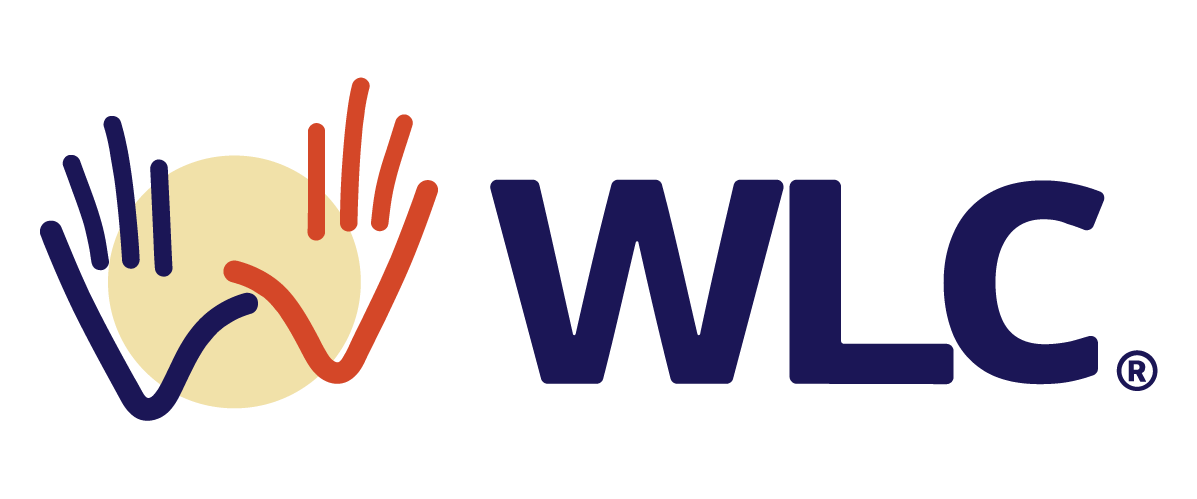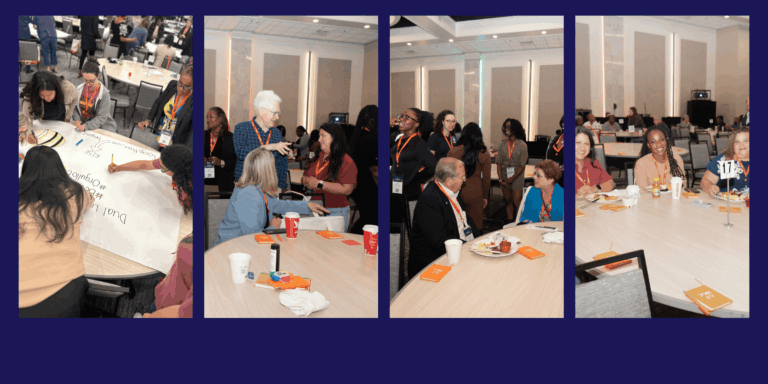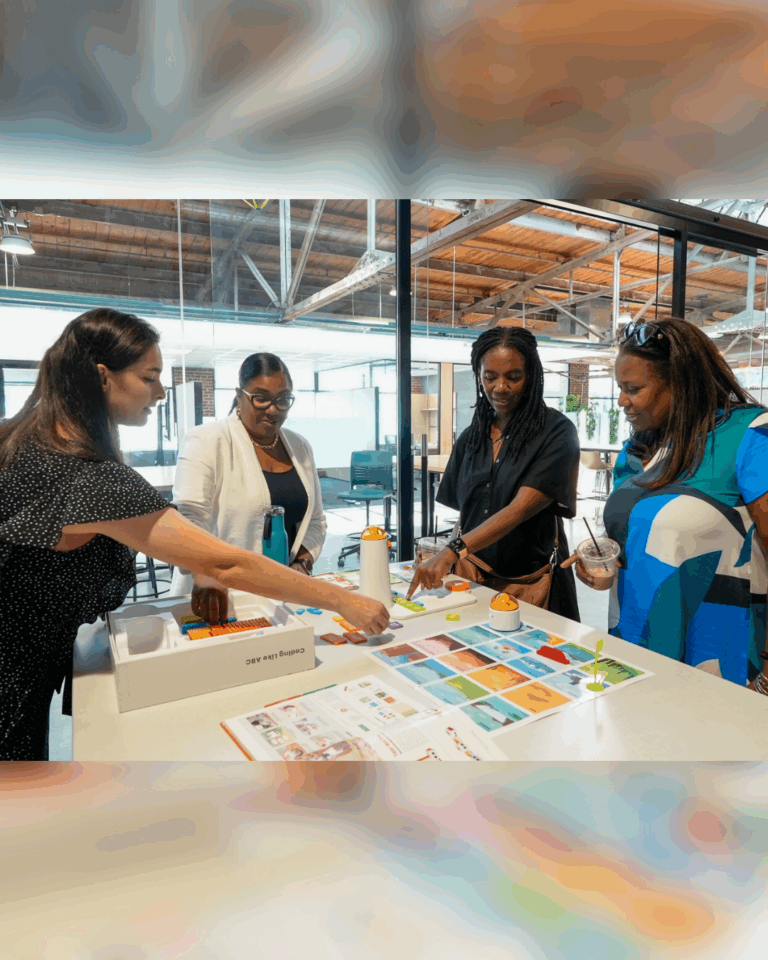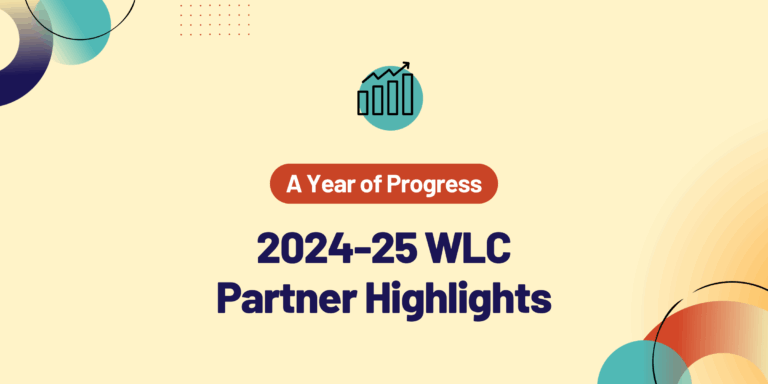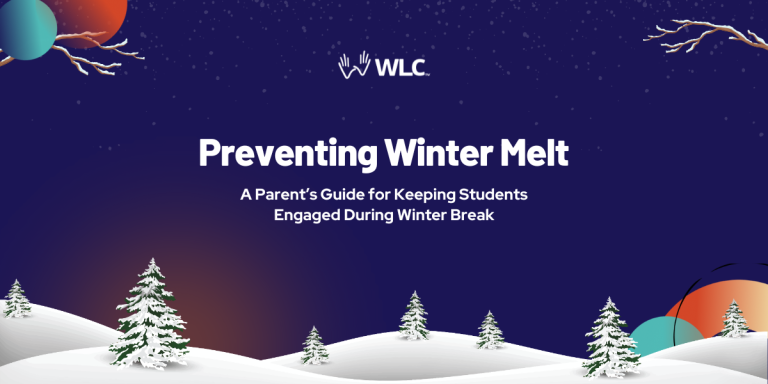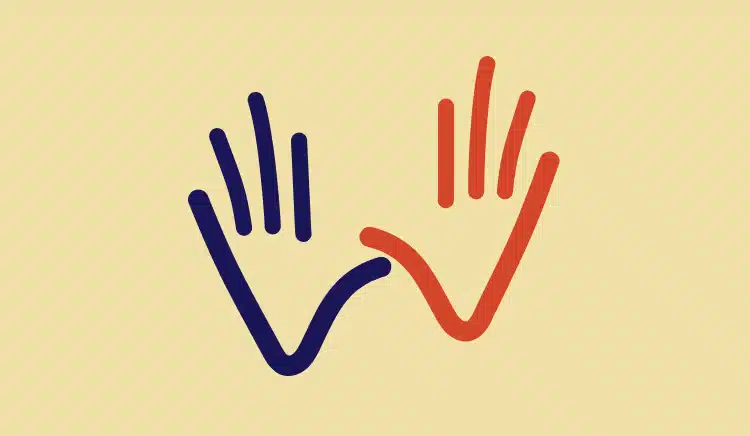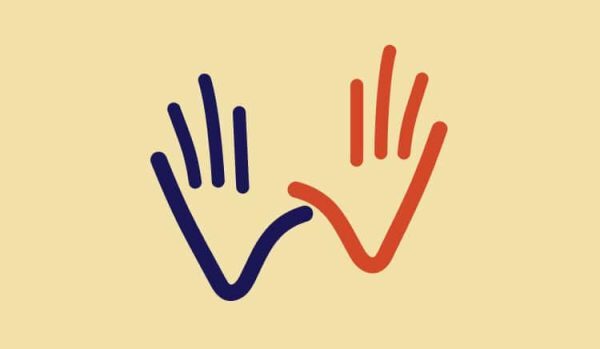The WLC Enters Year Three: The Commitment Year
Since its launch, the Wilmington Learning Collaborative has established a foundation rooted in careful planning, meaningful partnerships, and evidence-based strategies. From comprehensive analyses of teaching and learning to programs supporting student growth and educator development, these early efforts have created momentum for lasting change. The work has been deliberate, focusing not just on immediate outcomes but on designing systems and structures that can sustain improvement for years to come.
With the start of Year Three, the Commitment Year, the WLC is taking the next step: moving from planning and activation to full-scale implementation. This year is about deepening impact, scaling successful initiatives, and ensuring that the collaborative efforts of schools, educators, and partners translate into meaningful opportunities for every student.
Building Momentum: Reflecting on Years One and Two
Year One, the Planning Year (2023–2024), focused on laying the foundation for meaningful change across Wilmington schools. During this inaugural year, the WLC completed a comprehensive teaching and learning analysis of all schools and released Opportunity Scorecards to provide clear insights into strengths and areas for growth. The Three Big Shifts—Students First, Connected Schools, and Purposeful Partnerships—were established to guide every initiative moving forward.
The WLC also brought the community together through the Connected Communities Big Shifts Kickoff, attended by over 100 members of Wilmington’s education community, and launched the ELT Innovation Fund to support school-driven teaching and learning solutions. Student impact was also evident in Year One through early initiatives like the WLC’s partnership with Reading Assist, which served 248 students, with 90% demonstrating measurable reading growth—surpassing the initial goal of 70%.
In Year Two, the Activation Year (2024–2025), the WLC was ready to translate planning into action. Community Councils were activated in all WLC schools, while quarterly convenings of the Educator Leaders Team fostered collaboration and shared learning among school leaders. The inaugural WLC Educator Symposium brought together more than 250 educators from all WLC districts and other Delaware public schools, providing a platform for professional growth, networking, and innovation.
Wellness and social-emotional support also expanded in Year Two. The Chill Room™—a first for Delaware—was licensed, designed, and implemented in select schools, providing students and educators a space for reflection and focus. Meanwhile, for school leaders, monthly Wellness Wednesday gatherings engaged over 75 educators throughout the school year, supporting more than 200 participants throughout Teacher Appreciation Week and the WLC Educator Symposium.
Educator development also flourished in Year Two, through programs like the Teacher Leadership Design Fellowship (TLDF), which engaged 33 educators across 11 schools with a 76% retention rate, and the Teacher Assessment Preparation Program (TAPP), which supported 16 participants in improving their scores, with 63% meeting qualifying thresholds.
Strategic investments totaling $1.4 million in summer learning supported over 1,000 students, offering academic, enrichment, and experiential opportunities that extended learning beyond the traditional school year.
These accomplishments set the stage for Year Three, demonstrating that the WLC’s approach—grounded in data, collaboration, and community engagement—can drive meaningful progress for students and educators.
The Commitment Year: Turning Vision into Action
Moving into Year Three, the Commitment Year (2025–2026), the WLC is now ready to fully invest in the strategies, partnerships, and innovations developed over the first two years. It is a year to deepen impact, expand initiatives, ensuring every student and educator benefits from the foundation that has been built.
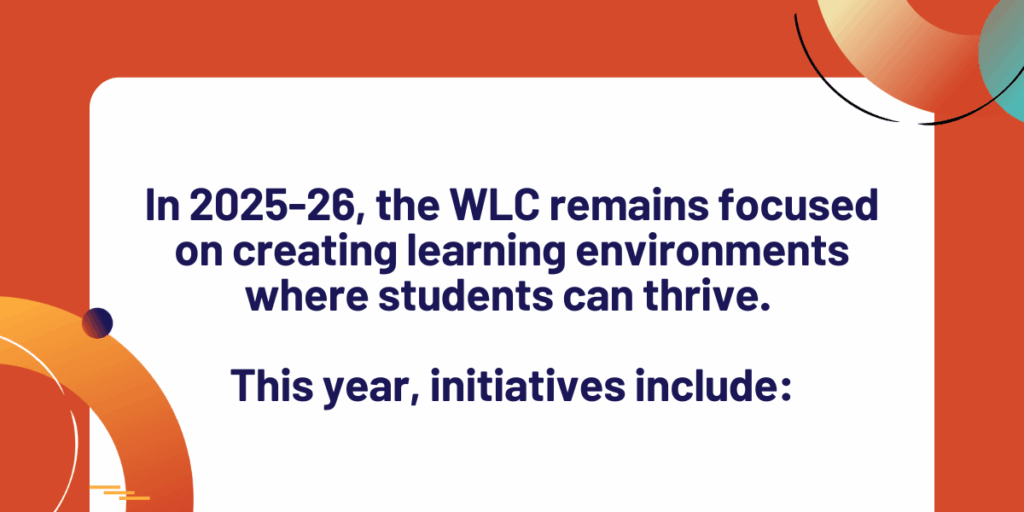
Students First: Expanding Opportunities and Support
- Break Academies: Launching After-School, Saturday, Winter, and Spring Break Academies through a Call for Proposals, providing flexible and engaging learning opportunities for students outside the traditional school calendar.
- Early Learning Support: Strengthening staffing and resources in early education to ensure students build a strong foundation from the start.
- STEM Lab Design: Establishing fully equipped STEM Labs in select WLC schools, complete with resources, training, and tools to encourage hands-on learning.
- Middle School Career and Technical Education (CTE) Expansion: Piloting programs to help students explore career pathways early.
- Addressing Chronic Absenteeism: Designing an Attendance Playbook to improve student engagement and ensure consistent learning.
- House Model Expansion: Extending programs that promote community and belonging.
- Facility Enhancements: Upgrading early learning spaces to support high-quality instruction.
Connected Schools: Strengthening Educators and Instruction
- Learning Walks and School Visits: Achieving 100% participation in DTGSS Learning Walks, with monthly visits to every WLC school to share best practices and inform instructional leadership.
- Professional Development and Coaching: Providing on-site coaching for educators and principals, alongside iReady specialists at key WLC schools, to support data-driven instruction.
- Scaling Educator Pathway Programs: Continuing programs like TLDF (Year Two), Teacher Innovation Lab (Year One), and TAPP (Cohort Three) to expand leadership and instructional expertise across schools.
Purposeful Partnerships: Collaborating for Impact
Partnerships remain a cornerstone of the WLC’s strategy. Through multi-year, outcomes-focused collaborations with organizations including Transcend, TNTP, Learning-Focused, Delaware Urban Greens, Children & Families First, Allegheny Health Network, Nemours, Curriculum Associates, and Digital Promise, the WLC provides resources that are aligned with measurable goals.
The WLC Council is also actively defining Measures of Success for the Commitment Year, examining attendance, staffing, iReady scores, NWEA MAP assessment data to guide decision-making and track impact. The goal of these efforts is to empower educators and school leadership to contribute strategically, with clear metrics and shared accountability driving results.
Looking Ahead: Strengthening Schools, Shaping Futures
The Commitment Year represents a call to action for the entire Wilmington community. Students, educators, families, and partners all play a role in shaping the future of learning.
The WLC’s progress over the past two years demonstrates the power of collaboration, data-informed strategies, and a clear focus on student success. Together, the community is poised to transform learning experiences and create opportunities that will ripple across the city for years to come.
